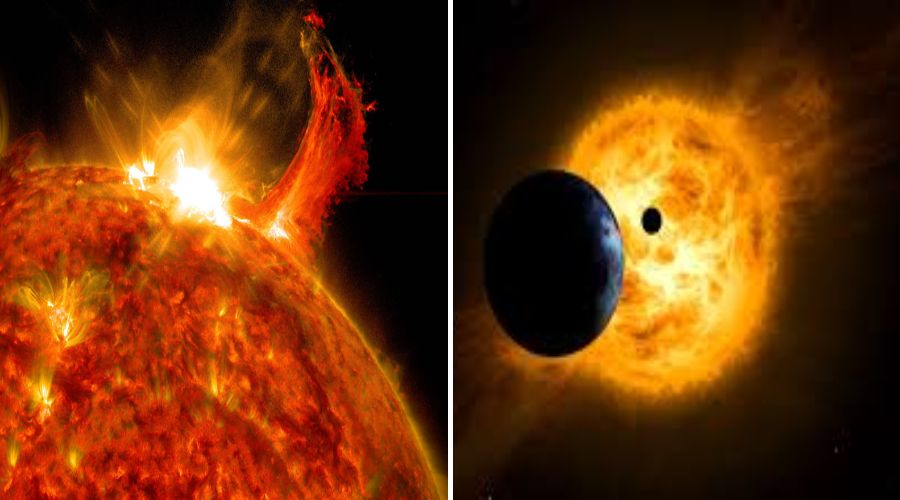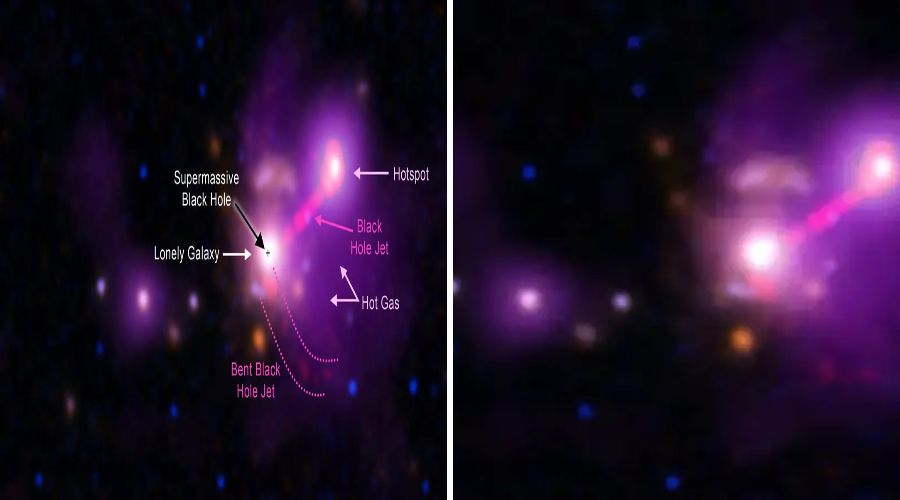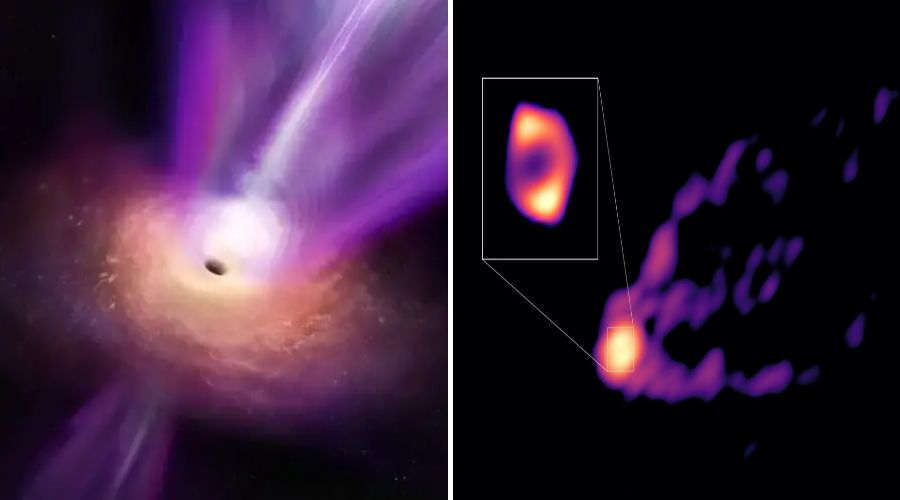Plenty of really hot things exist in the universe. But do we know of fire anywhere besides on our planet?

NASA’s Galileo spacecraft saw shimmering, fresh lava in Io’s Tvashtar Catena back in 2000. Jupiter’s volcano moon holds the closest thing to earthly fire in our solar system.
Plenty of really hot things exist in the universe. But do we know of fire anywhere besides on our planet?Tom MalkochPlymouth Meeting, Pennsylvania
Fire has occurred here on Earth for millions of years and was harnessed by humans more than 100,000 years ago. But like humans, fire requires free oxygen — molecular oxygen uncombined with other elements. This free oxygen has not been detected in appreciable amounts in our solar system or on exoplanets.
Meanwhile, in our solar system we do see a phenomenon called a “fire fountain,” which strongly resembles fire. Fire fountains occur when heated material in a volcano erupts rapidly. We see fire fountains on Earth and believe they also occur on Jupiter’s volcanic moon Io. Our team is devising a way to look for fountain-like structures in eruptions on Io using a new technique we’ve already used to detect unrelated lava features. Fire fountains are beautiful and fascinating phenomena, but they are not, strictly speaking, fire.
Will we see extraterrestrial fire in the future? The chances of detection in our solar system are small, but with the effort being put into detecting another Earth, we could see an exoplanet with the right ingredients for fire (free oxygen, heat, and combustible material — the “fire triangle”) in this century.
Finally, let’s consider human-made fire. Will we have astronauts, like Mark Watney in The Martian, making fire soon?
That is likely. In fact, we have already seen fire off Earth if you consider the near disaster on Apollo 13. And NASA is now studying fire in microgravity on the International Space Station.







